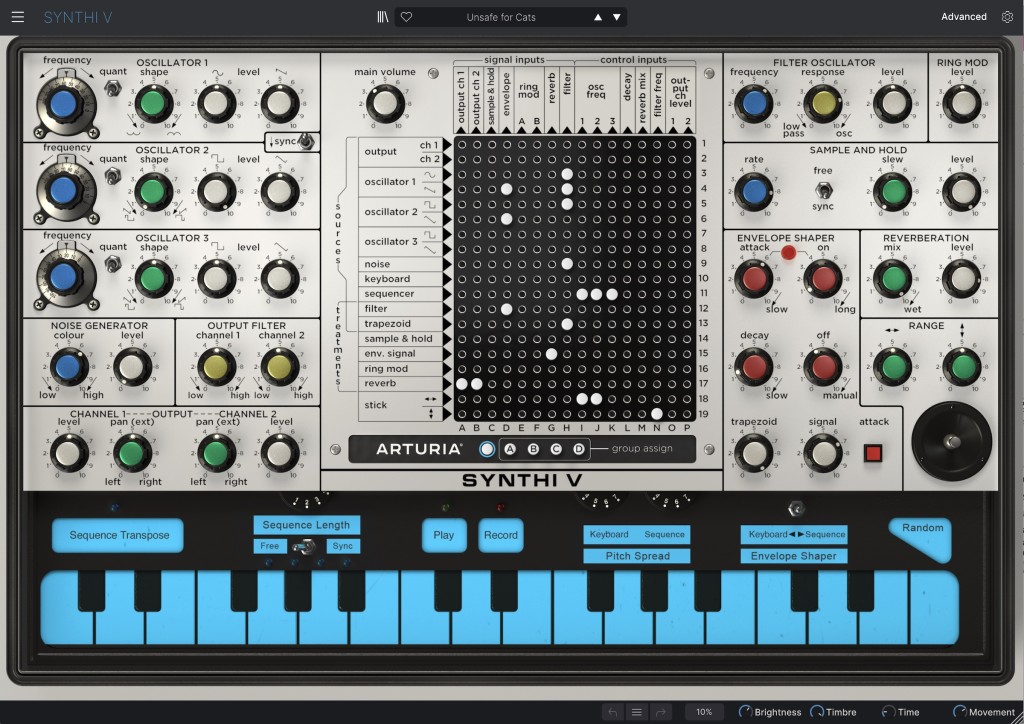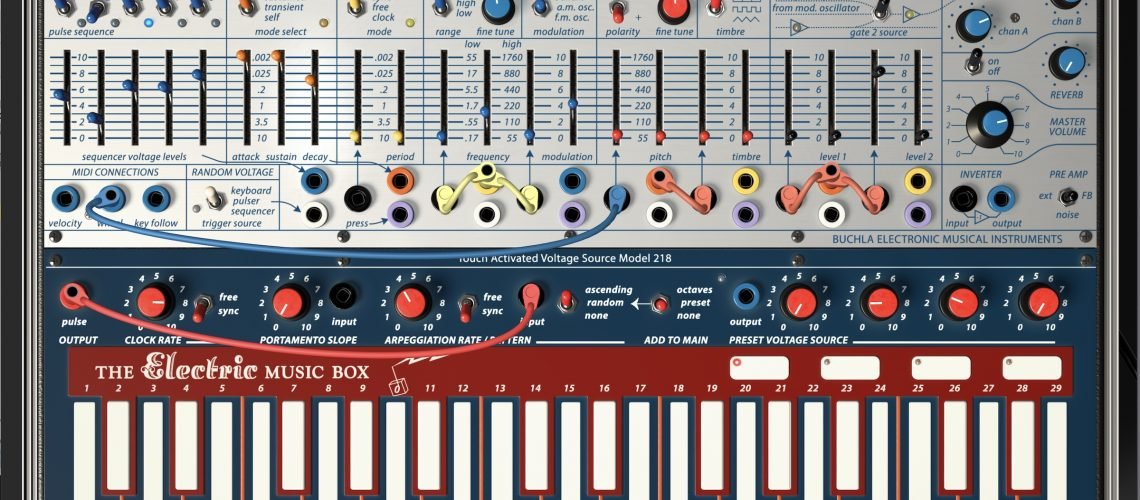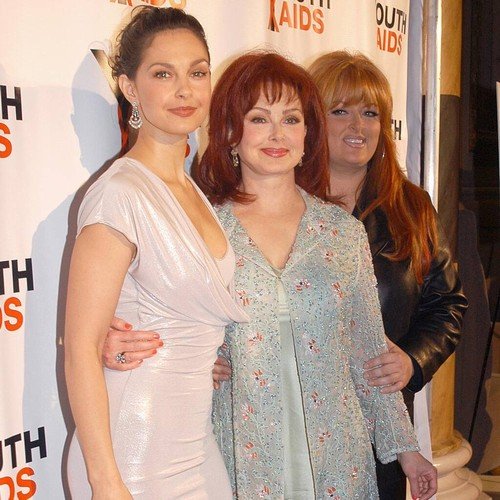Arturia’s V-Collection 9.2 bumps performance, compatibility, tuning and MPE support, and more. That includes all their vintage-inspired instruments, plus the AUGMENTED line and Pigments. Oh yeah, and one more thing – finally, resizable windows. Here’s what’s new.
Arturia have packed a significant number of improvements into their instruments, including continuing expanding MTS-ESP tuning support and MPE across more of their instruments. (That’s especially exciting to see in something like the Synthi V and Buchla Easel V.)

Full Apple Silicon support. The whole range is now Apple SIlicon native (M1/M2) Universal Binary.
AAX support. Same for AAX across the range, Pro Tools users.
NKS VST3 support. Anyone integrating with Native Instruments controllers, this is useful for you – it means easy access to presets and parameters.
MPE. MPE is now on CZ V and CMI V – meaning polyphonic expression from hosts and hardware that support it. (Whail away on that MPE controller, go!)
MTS-ESP support. Tuning support is a bit of a melange of standards, with MIDI’s MTS and Scala being the only main de facto standards, but MTS-ESP from Oddsound is gaining support. That’s now in CZ V, CMI V, Buchla Easel V, and Synthi V – so more of the synths where you’d actually want it. And MTS-ESP can bridge some of the other formats. More on this in a separate story.
Resize windows by dragging. Un, yeah, buried the lede here – this may be the single feature you use most!
Improved performance. Graphics performance is improved throughout. There are also specific performance fixes and bug fixes for Windows 11, macOS Ventura, Ableton Live drag-and-drop, FL Studio, improved CS-80 envelope behavior, and more.
Output limiting. There’s now protection for audio output – basically a limiter at +12 dB – across the whole range.
Arturia also have a sale on now on these, including discounts for existing customers that you’ll see by logging in.
Update:
https://www.arturia.com/products/software-instruments/v-collection/update
Polyphonic expression and tuning are two big topics – and both really count as instances of the technology catching up with what the acoustic instruments have always done. So that seems worth revisiting in more depth if you’re interested. (Also working on compiling a list of which of the Arturia range now support each.)
Other questions / comments? Sound off.
Affiliate links to software:




